1791 Honey, you forgot the Island
Looking Back, Moving Forward: 160 Years of Jewish Life in BC
by Michael Schwartz (editor)
Vancouver: Jewish Museum and Archives of BC, [2020]
$50.00 / 9780969126881
Reviewed by Richard Kool
To place an order, contact the museum at (604) 257-5199 or email at info@jewishmuseum.ca
*
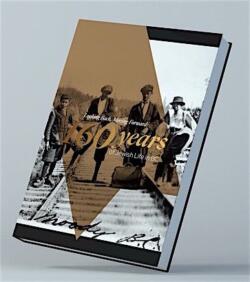 The urge to establish formal organizations, clubs, societies, buildings, cemeteries and schools must exist in the cultural DNA of every group of people, but the recently released Looking Back, Moving Forwards: 160 Years of Jewish Life in BC demonstrates perhaps a slight mutation in the cultural DNA of this particular Jewish community that puts this urge into hyperdrive. An attractively designed and appropriately organized book, this volume highlights the lives of hundreds of individuals who have been involved with a profusion of organizations existing across the religious, political and social spectrum and that reflect the incredible diversity of the province’s Jewish history. These organizations reflect the collective energy and dreams of thousands of individuals over the past 160 years, Jews who came from afar to make British Columbia their home, and then the energy and dreams of their children and their children’s children who have maintained and then furthered the ongoing development of Jewish life on the Pacific coast of Canada. This book and the stories it contains tells the story of a community, originating from German-Jewish merchants arriving in Victoria in response to the Cariboo gold rush of the 1850s, and later from east European immigrants setting up shops in Vancouver’s Strathcona neighbourhood later in the 19th century, all connected by a shared religious and cultural history that has in diverse ways enriched and enlivened the broader British Columbia society.
The urge to establish formal organizations, clubs, societies, buildings, cemeteries and schools must exist in the cultural DNA of every group of people, but the recently released Looking Back, Moving Forwards: 160 Years of Jewish Life in BC demonstrates perhaps a slight mutation in the cultural DNA of this particular Jewish community that puts this urge into hyperdrive. An attractively designed and appropriately organized book, this volume highlights the lives of hundreds of individuals who have been involved with a profusion of organizations existing across the religious, political and social spectrum and that reflect the incredible diversity of the province’s Jewish history. These organizations reflect the collective energy and dreams of thousands of individuals over the past 160 years, Jews who came from afar to make British Columbia their home, and then the energy and dreams of their children and their children’s children who have maintained and then furthered the ongoing development of Jewish life on the Pacific coast of Canada. This book and the stories it contains tells the story of a community, originating from German-Jewish merchants arriving in Victoria in response to the Cariboo gold rush of the 1850s, and later from east European immigrants setting up shops in Vancouver’s Strathcona neighbourhood later in the 19th century, all connected by a shared religious and cultural history that has in diverse ways enriched and enlivened the broader British Columbia society.
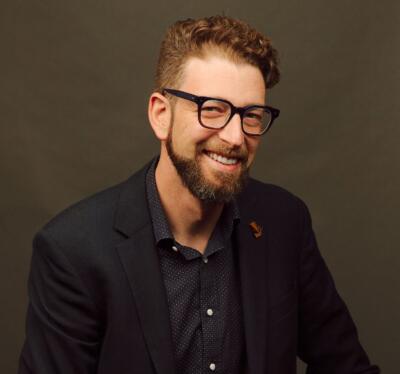
Jewish history in Canada’s western-most region preceded the confederation of the British North America colonies into the Dominion of Canada in 1867, as well as preceded the birth of the Province of British Columbia in 1871. Our story begins in the Colony of Vancouver Island with a small community of Jewish merchants establishing, in 1859, the Victoria Hebrew Benevolent Society and the Jewish Cemetery (now the oldest non-indigenous cemetery in continuous use in BC), and then in 1863 the historic Congregation Emanu-El, which has continued to be the visible symbol of Victoria’s Jewish community.
With the political merging of Vancouver Island with the Colony of British Columbia in 1866, the centre of Jewish life in Pacific Canada pivoted from the pioneer community on the south end of Vancouver Island to the one forming in the emerging commercial hub at the end of the Canadian Pacific Railway on the mainland. And yet, it was more than 40 years after Congregation Emanu-El was built in Victoria that the first synagogue was consecrated in Vancouver.
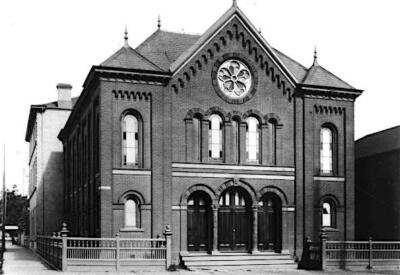
Reflecting that pivot, the real focus of this new volume is the Jewish community of the greater Vancouver area and perhaps (and here I am grudgingly speaking as a Vancouver Islander) it should be. While the Jewish community on Vancouver Island has grown relatively slowly from its origins, and modest nodes of Jewish life are now found in the Okanagan Valley, in central Vancouver Island and in the middle of the province in Prince George (and all of these communities have their stories told in the book), editor Michael Schwartz has rightly focused this history on the explosive growth of an enormous diversity of expressions of Jewish life, culture and action on BC’s lower mainland.
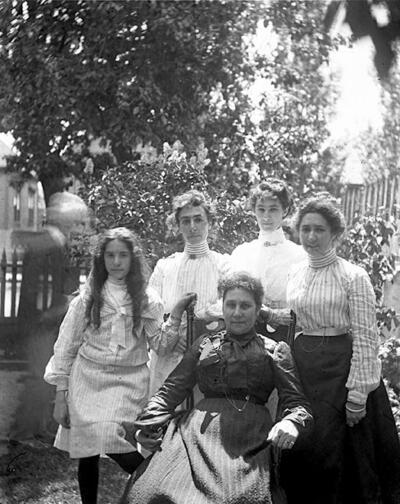
The first hundred or so pages include a set of regional histories of BC’s Jewish communities (e.g., Victoria, Vancouver, Kootenay Boundary, Okanagan, Prince George, Sunshine Coast etc.), and a quite extensive set of brief stories about roughly 90 different organizations. Seventy pages contain brief biographies of “Notables” (including Pioneers, Postwar, Modern, Contemporary, and Emerging), and another 70 pages tell the stories of “Families”, including many of the financially-successful and philanthropically-minded Vancouver-area Jewish extended families.
Jewish communities are not monolithic and this volume makes it clear that there is not one right way to be Jewish in British Columbia. There are tensions within Jewish communities between progressive and conservative currents, between those interested in inventing new traditions and those clinging to past tradition, between those who are critical of the contemporary social order and those who greatly benefit from it. All of these tensions can be found here, and it is to the credit of the editorial team that they highlight organizations and individuals from across the social, political, economic and religious spectrum. But these tensions are not foregrounded: this isn’t a critical history of the BC Jewish community. Instead, the various entries, engaging as they are, are rather like the letters some might receive from friends and relatives at Christmas or Chanukah, outlining how well everyone in the family is doing, and glossing over, to some degree, the challenges. Adhering to the Jewish concern for shalom bayit, or “peace in the community”, I could see no knives out in this volume and great respect and honour was shown to all.

I was particularly interested in this statement in the section on Zionism in British Columbia, which addressed the “third rail” of conversation within Jewish communities: “While we have a long tradition of Zionist support, we also acknowledge that members of our community have concerns about the impact of Israel’s policies on Israeli Arabs and Palestinians in Gaza and the West Bank” (p. 106). “Concerns” might be too gentle a term for some. Nonetheless, the statement does make clear that BC Jews are not of one mind when it comes to the Israel-Palestine conflict. This is a touchy subject within Jewish families and communities, and I was pleased to see this concern openly expressed.
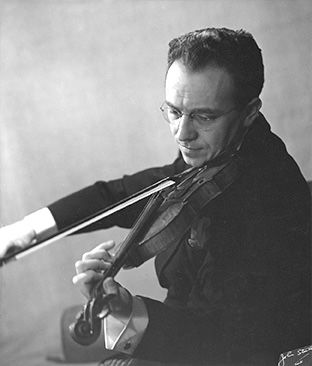
Beyond the mainstream Jewish organizations that a non-Jewish reader might be familiar such as B’nai Brith, Hadassah and the former Canadian Jewish Congress (now the Centre for Israel and Jewish Affairs), there are interesting entries about groups I had never heard of, such as the century-old Hebrew Free Loan Association of Vancouver and more current organizations like the Jewish Addiction Community Services (addiction and other social issues seen in the broader society are not unknown in Jewish communities), and JQT (“a Jewish Queer and Trans arts, cultural and educational non-profit…”
There are fifteen different youth-oriented organizations, ranging from the Vancouver Hebrew Academy (“committed to teaching Torah Judaism and values…”) to Habonim Dror/Camp Miriam (“… a progressive, Labour Zionist youth movement” founded in Vancouver in 1947 and which has operated a socialist-oriented youth-led summer camp on Gabriola Island since 1956). More than 10 Congregations are described, offering spiritual homes across a range of observance from secular/humanistic through Reform, Conservative and Orthodox expressions of Jewish religious life.
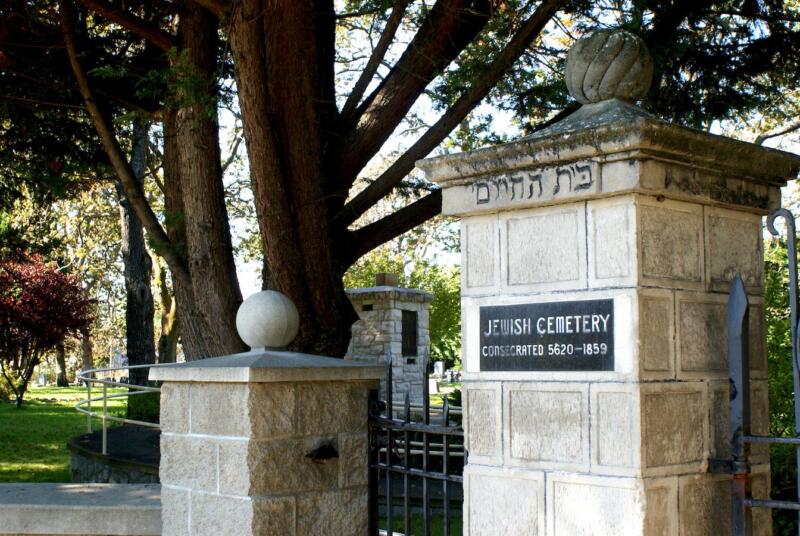
My major criticism of this history is, at least to this Vancouver Island reviewer, the downplaying of the importance of individuals associated with the Victoria Jewish community. For example, the “Pioneers” section fails to mention any of the Jews that arrived in Victoria before Vancouver even existed as a city, although some are noted in the “Victoria” history pages. The “Postwar” list of names, while offering the names of many wonderful and important British Columbians, failed to include any, as far as I can tell, from the Victoria Jewish community. The “Modern” list is also, in my opinion, rather short on a fair representation of the Island community, while the “Emerging” list focuses entirely on young leaders from the lower mainland.
The history of the Victoria Jewish Cemetery, with many 19th century pioneer Jews buried within its boundaries, only rates about four lines in the text, in contrast to the much more extensive coverage of the two major Vancouver Jewish cemeteries. For those interested in the history of Jews on Vancouver Island, more can be found in Sefer Emanu-El: 150 years of Victoria’s Jewish History, published by Congregation Emanu-El in 2013. I was also surprised to not see any of the kinds of publication information that is usually found in the first pages of a book; for something published by a historical organization, not having a publication date in the volume is surprising.
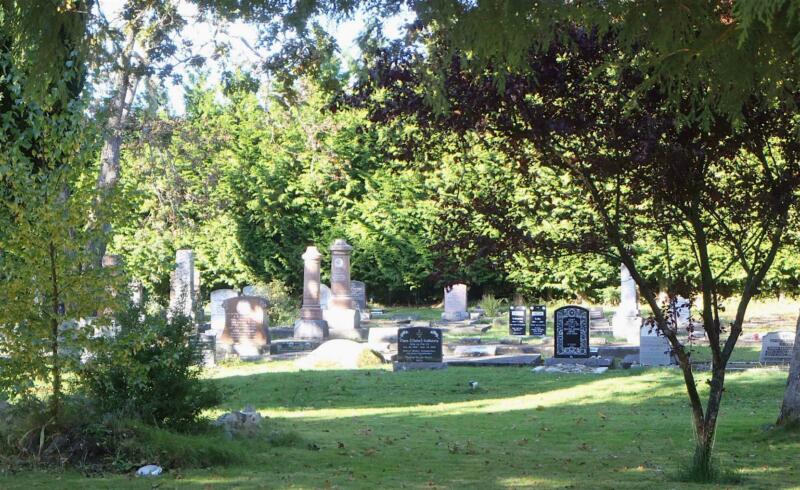
But these are very minor gripes; the editor, editorial team and publishers of this important glimpse into the evolving history of British Columbia’s Jewish history are truly to be commended for this wonderful, attractive and readable book.
*
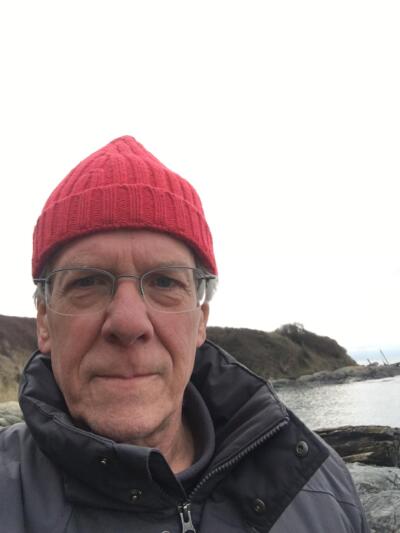
Richard Kool is a Professor in the School of Environment and Sustainability at Royal Roads University and has been involved with the Board of Victoria’s historic Congregation Emanu-el since 2001, serving as secretary, vice-president, member at large, and most recently as cemetery director. His academic work tends towards issues in environmental education and communication, and he has had a particular interest in religion inputs and/ or barriers to ecological thought and practice. Rick immigrated from Boston, MA to British Columbia in the early 1970s, did an MSc at UBC, came to Vancouver Island to work as a science teacher on the west coast of the island at Ucluelet Secondary School in 1974 and then at the then-BC Provincial Museum in 1978. He and his family have lived in Victoria’s James Bay neighbourhood ever since. Editor’s note: Richard Kool’s book, The Object’s the Thing: The Writings of R. Yorke Edwards, a Pioneer of Heritage Interpretation in Canada (Royal BC Museum Press, 2021) is reviewed here by Forrest Pass.
*
The British Columbia Review
Publisher and Editor: Richard Mackie
Formerly The Ormsby Review, The British Columbia Review is an on-line book review and journal service for BC writers and readers. The Advisory Board consists of Jean Barman, Wade Davis, Robin Fisher, Barry Gough, Hugh Johnston, Kathy Mezei, Patricia Roy, Maria Tippett, and Graeme Wynn. Provincial Government Patron (since September 2018): Creative BC. Honorary Patron: Yosef Wosk. Scholarly Patron: SFU Graduate Liberal Studies.
“Only connect.” – E.M. Forster